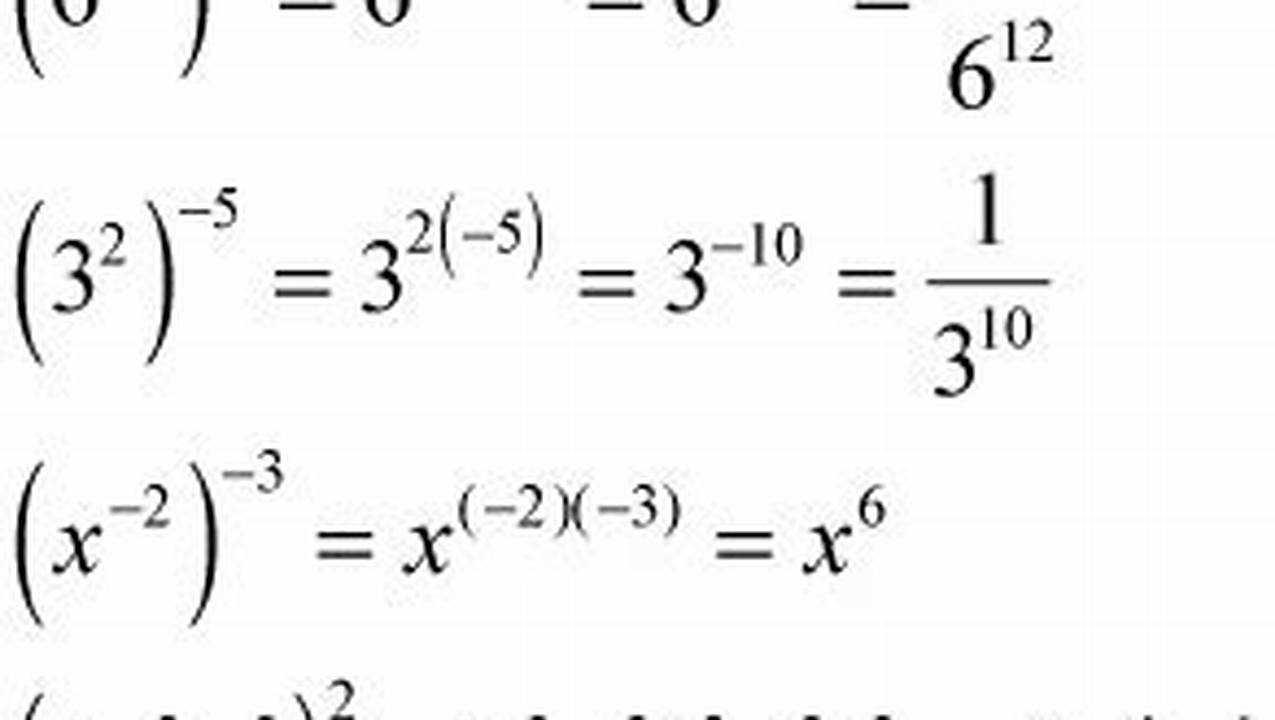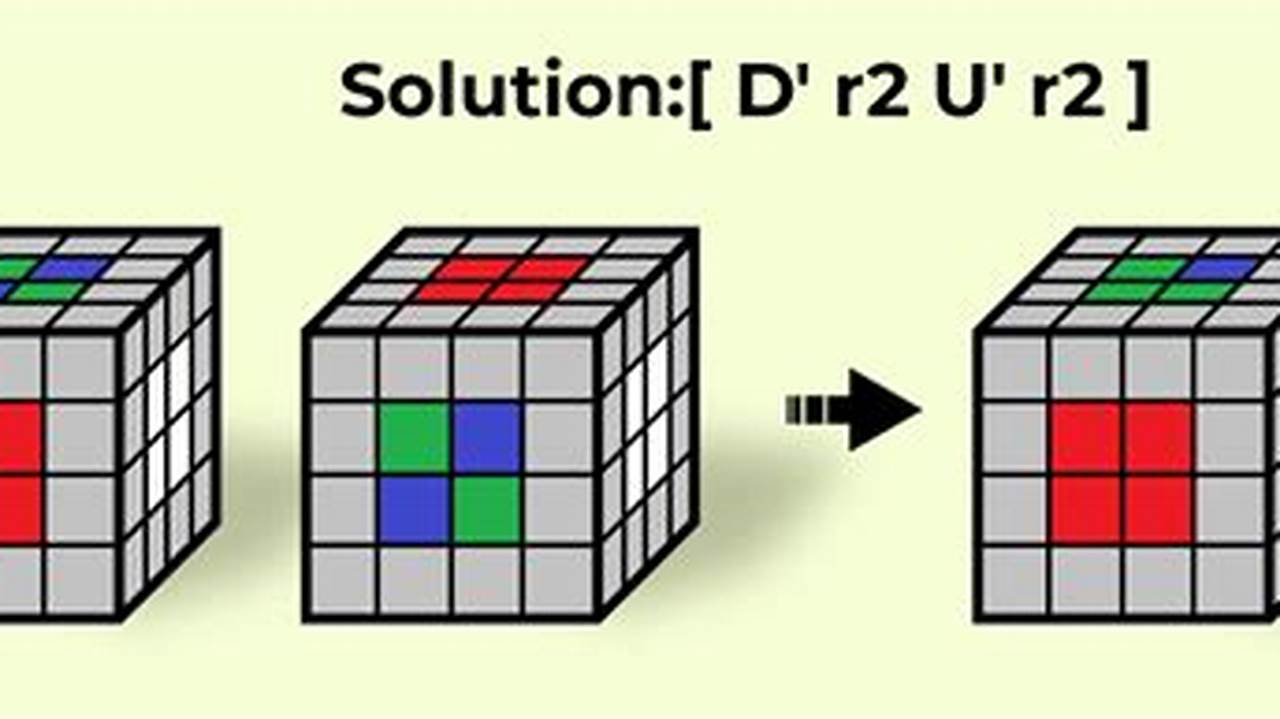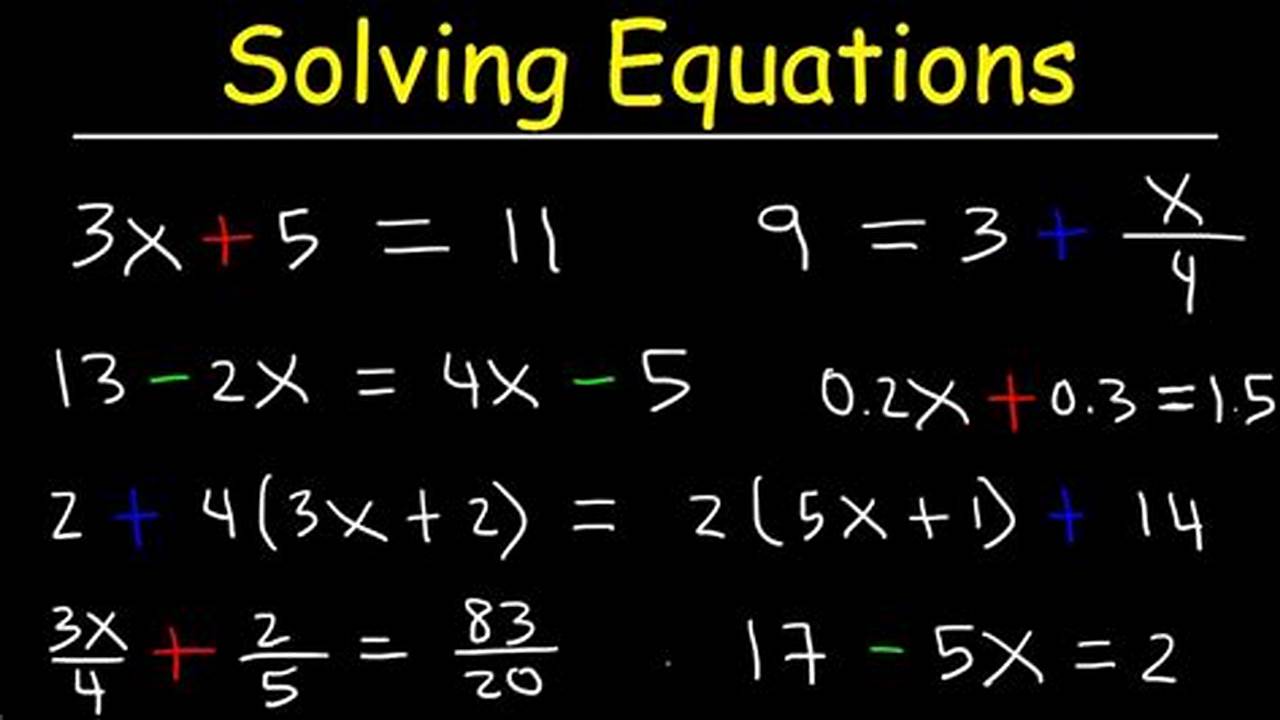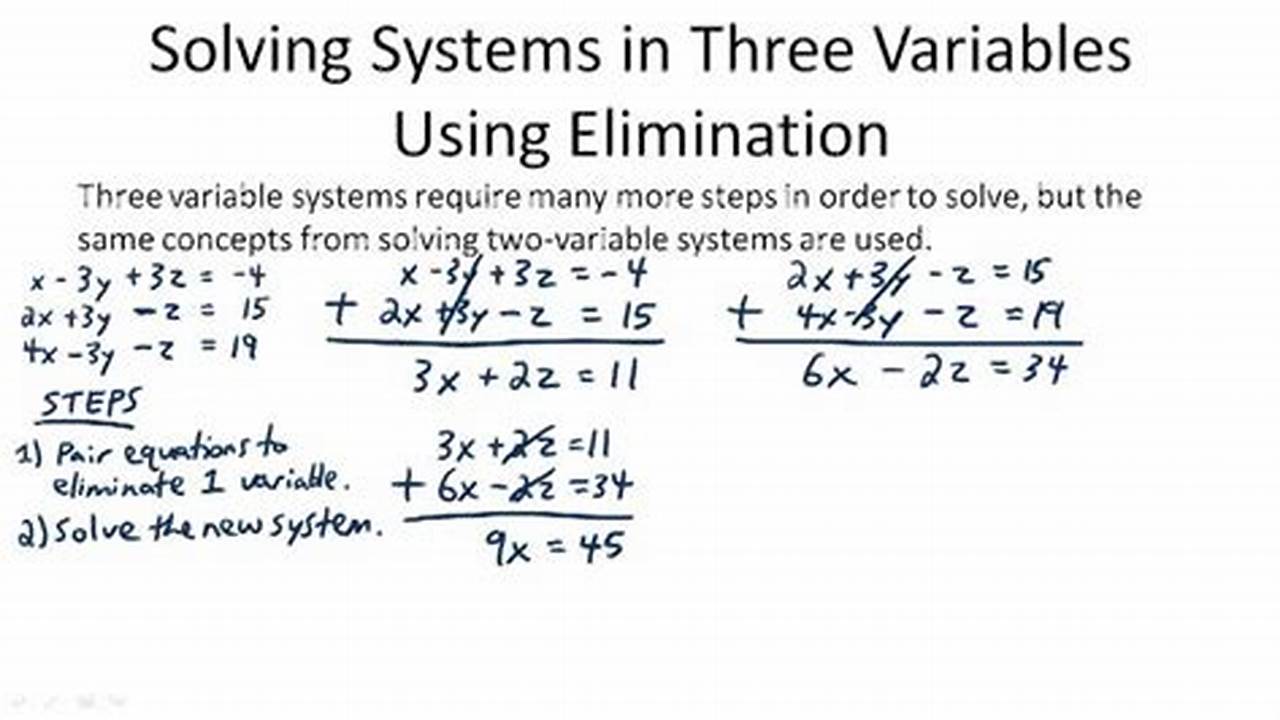
Solving parentheses raised to a power involves simplifying expressions where parentheses containing one or more terms are raised to an exponent. Understanding how to solve these expressions is important in mathematics, particularly in algebra and calculus, as they arise in various equations and formulas.
The fundamental rule for solving parentheses raised to a power is to distribute the exponent to each term within the parentheses. This means raising each term inside the parentheses to the given exponent. For instance, if we have (2x + 3)^2, we would square each term within the parentheses: (2x)^2 + 2(2x)(3) + (3)^2, which simplifies to 4x^2 + 12x + 9.






